Stricter regulations that aim to protect the fragile Arctic environment of Svalbard come into force on 1 January 2025. What are they? How will they change expedition cruising? And what are your options for visiting the Arctic this summer – and beyond?
Svalbard. Just the word is enough to make travellers go dreamy-eyed. Set sail on a summer voyage around Spitsbergen – the archipelago’s largest island – and you enter a dazzling Arctic realm of dragon-back peaks, glittering fjords and jewel-like glaciers. Kingdom of the ice bear, Svalbard is also home to walrus, Arctic fox and a unique subspecies of reindeer. Several whale species, from beluga to bowhead, feed in its krill-rich seas, while seabirds crowd cliff-edge nesting colonies in their millions.
Working only with small-ship expedition voyage operators, Discover the World has been at the forefront of responsible tourism in Svalbard for several decades. So, what are the new rules and how will they affect travel to this spectacular destination?
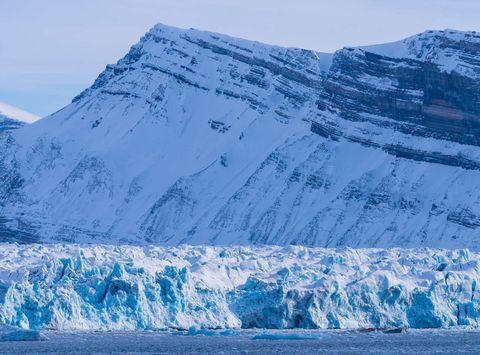
What are the new regulations in Svalbard?
The main amendments announced by the Norwegian government, which will be enforced from 1 January 2025, are as follows:
- Shore landings in protected areas are prohibited, except for 43 clearly-mapped sites.
- A limit of 200 passengers on board ships in all protected areas.
- A ban on the use of drones in protected areas.
- Snowmobiles and tracked vehicles banned on sea ice after 1 March in selected fjords, except for access to wilderness cabins.
- Motor traffic at sea may not exceed 5 knots at a distance of 500m from land outside bird-nesting cliffs between 1 April and 31 August.
- Motor traffic at sea must also keep at least 150m from walrus haul-out sites (except where access to ports, buildings etc is required), while the speed limit for motor traffic is 5 knots at a distance of 300m from walrus haul-out sites.
- A general ban on breaking fast ice (ice that is attached to the shore) with some exceptions for maintaining access to Longyearbyen, Barentsburg and Ny-Ålesund, and for the Norwegian Coast Guard to undertake necessary tasks.
- More camping activities require a permit.
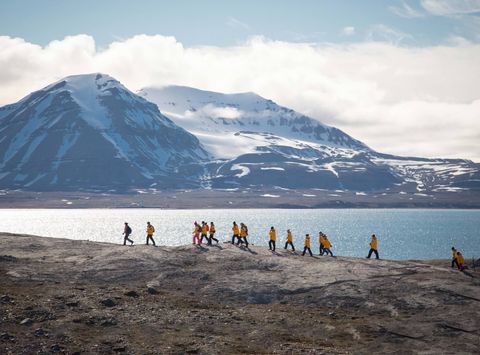
In addition, proposed changes to the Svalbard Environmental Protection Act (that are still to be presented to the Norwegian parliament for final approval) include restricting motor vessels to between 300-500m from polar bears, and a ban on flying drones closer than 500m to a bird-nesting cliff.
Why have the new regulations been announced?
The Arctic is already experiencing the impact of climate change, but increased tourism activity over recent years has resulted in “a great pressure on the vulnerable Arctic wildlife and nature in Svalbard,” says Andreas Bjelland Eriksen, Norwegian Minister of Climate and Environment. “We are now tightening the environmental regulations in Svalbard to strengthen the protection of flora and fauna.”

What do the new regulations mean for voyages in Svalbard?
There were 70,000 ship-based visits to Svalbard in 2023 in vessels of all sizes. The new laws, effectively banning larger ships with more than 200 passengers, will alleviate pressure on the environment. Svalbard is no place for large cruise ships and Discover the World has only ever used much smaller, expedition vessels with 200 (and often far fewer) berths.
Perhaps the most severe new restriction, however, is the ban on all shore landings in protected areas, with the exception of 43 clearly marked sites. To put that in perspective, there are currently around 240 landing sites in Svalbard which has 29 protected areas covering about 65% of the archipelago’s total land area. In addition, the new laws state that at 12 of the designated landing sites, only 39 people will be allowed ashore at any one time. There’s understandable concern among operators over whether this will put pressure on the remaining sites.
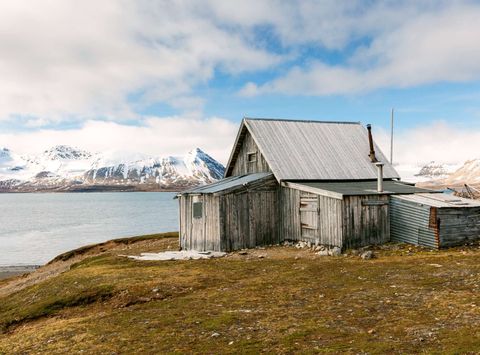
The new and proposed restrictions on approaching polar bears, walrus haul-out sites and seabird nesting cliffs will inevitably remove the anticipation of a close encounter, and might be particularly disappointing to wildlife photographers. All of the operators used by Discover the World are members of the Association of Arctic Expedition Cruise Operators (AECO) which already sets out strict guidelines for responsible travel – some would argue that the new rules have gone too far.
It remains to be seen what the future holds for Svalbard expedition voyaging in the wake of the new regulations. Certainly, there will be no large ships. And the number of tourists able to embark on a voyage will also be greatly reduced. Discover the World will always put the environment before profit and it supports the Norwegian government’s aim to protect one of the largest wilderness areas left in Europe. DTW will also continue to work closely with its longstanding expedition voyage partners. To that end, here are some suggestions for how best to experience the Arctic, this year and beyond…
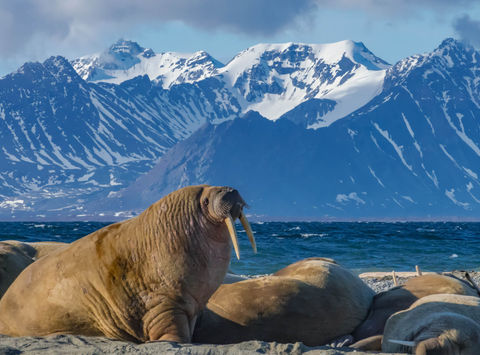
Summer 2024 expedition voyages in Svalbard
This is not a rallying cry for a last-minute stampede to Spitsbergen before the new regulations come into force at the beginning of 2025. Discover the World will continue doing what it’s always done: offering low-impact expedition-style voyages with AECO-registered operators using vessels that carry 200 or less passengers. For summer 2024, that includes voyages using ships designed with the latest environmental features, such as inverted X-Bows (for energy-efficient cruising) and highly-effective waste management systems. Many of DTW’s Arctic voyages feature citizen science programmes where you can contribute directly to research on climate change, ocean health and wildlife populations. Expert expedition staff, with a passion for the Arctic, accompany every voyage and you’ll also have an opportunity to experience optional low-impact activities, such as sea kayaking.
Available May–August, holidays include the 7 to 15-night Around Spitsbergen voyage where you’ll aim to circumnavigate Svalbard’s largest island. Visit our Svalbard Cruises page for details, or call one of Discover the World’s polar travel specialists to discuss this and other Svalbard voyages in summer 2024 – and find out about the latest offers on selected voyages.
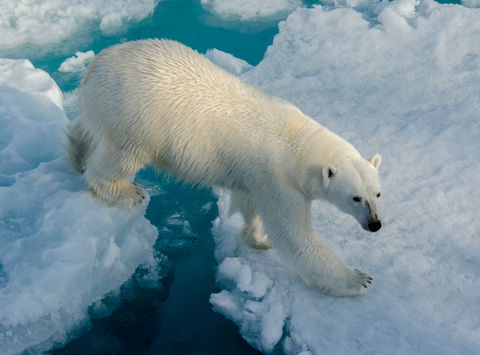
Land-based trips to Svalbard
There’s concern that, by depleting tourist numbers, the new regulations will impact Svalbard’s economy, specifically in the main town (and embarkation port) of Longyearbyen where ship-bound visitors may spend a night or two in a hotel and eat out at one of several cafés and restaurants in this Arctic outpost.
However, Discover the World have been offering land-based holidays in Svalbard for years – both in summer and winter. Not only do they offer a fascinating insight into what life is like in the high Arctic, but they also offer optional activities, ranging from local sightseeing tours to boat trips and guided hikes in the surrounding area. They’re significantly cheaper than an expedition voyage and directly support businesses in Svalbard.
Currently, options include the 5-night Svalbard Summer Adventure, available May–October, and the 3-night Svalbard Winter Adventure (Feb–May).
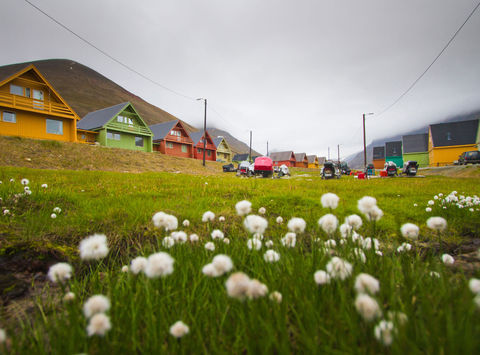
Arctic experiences
Looking beyond January 2025, it’s uncertain exactly what effect the new regulations will have on the polar voyage industry in Svalbard. There will still be small-ship voyages but, of course, it’s now more crucial than ever to book as far in advance as possible to secure your place.
Discover the World’s unbiased offering of a wide range of voyages means they can match the best experience to each individual. No favouritism. And everything is based on their extensive first-hand knowledge of the best polar ships and operators.
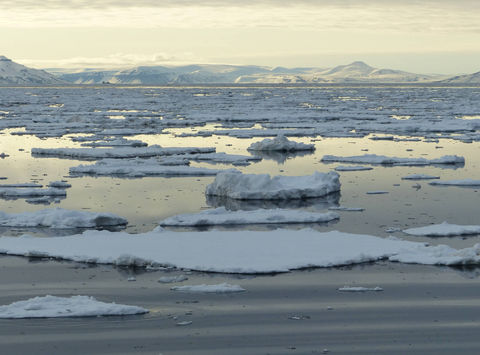
Inevitably, though, some operators may decide to move all or part of their voyage programme from Svalbard to other destinations in the Arctic. Notwithstanding the need to ensure the protection of these wilderness areas too, there are some exciting opportunities for expedition cruising in Iceland, Greenland and the Canadian Arctic.
Discover the World’s line-up of trips in the wider Arctic includes the Greenland Solar Eclipse Voyage in August 2026 – a once-in-a-lifetime chance to view a total eclipse of the sun as you explore the fjord-riven coastline of the world’s largest island. Other Greenland voyages focus on the West Coast and the giant icebergs of Disko Bay, or follow in the wake of Viking settlers in the south. The Scoresby Sund Explorer, meanwhile, takes you deep into a vast fjord system in the northeast.
In the Canadian Arctic, you can venture into the legendary Northwest Passage (July–September), while an Iceland Circumnavigation (May–June) offers a completely new perspective on going full circle around the Land of Fire & Ice.
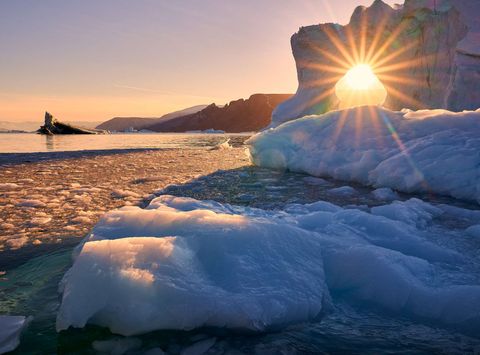
A final word
“Discover the World has been at the forefront of environmental tourism from the start of our journey, four decades ago,” says Founder and Managing Director Clive Stacey. “We have worked with charities such as the World Wide Fund for Nature, Born Free Foundation and Whale and Dolphin Conservation. We have pioneered many new programmes in the natural world and even operated the very first whale watching trips in Iceland. Throughout, our approach has been to offer well researched trips for those looking to experience and enjoy the natural world in a responsible way. Visiting Svalbard will continue to be a wonderful experience – but I encourage you to contact our Travel Specialists to help you chart a course to an unforgettable holiday here, or in any of our other Arctic destinations.”
If you’d like your own Arctic experience, discover more about our small-ship Svalbard cruises and the different vessels available.
Or get in touch with our Polar Travel Specialists to discuss your options on 01737 214 250 or send an enquiry.
























